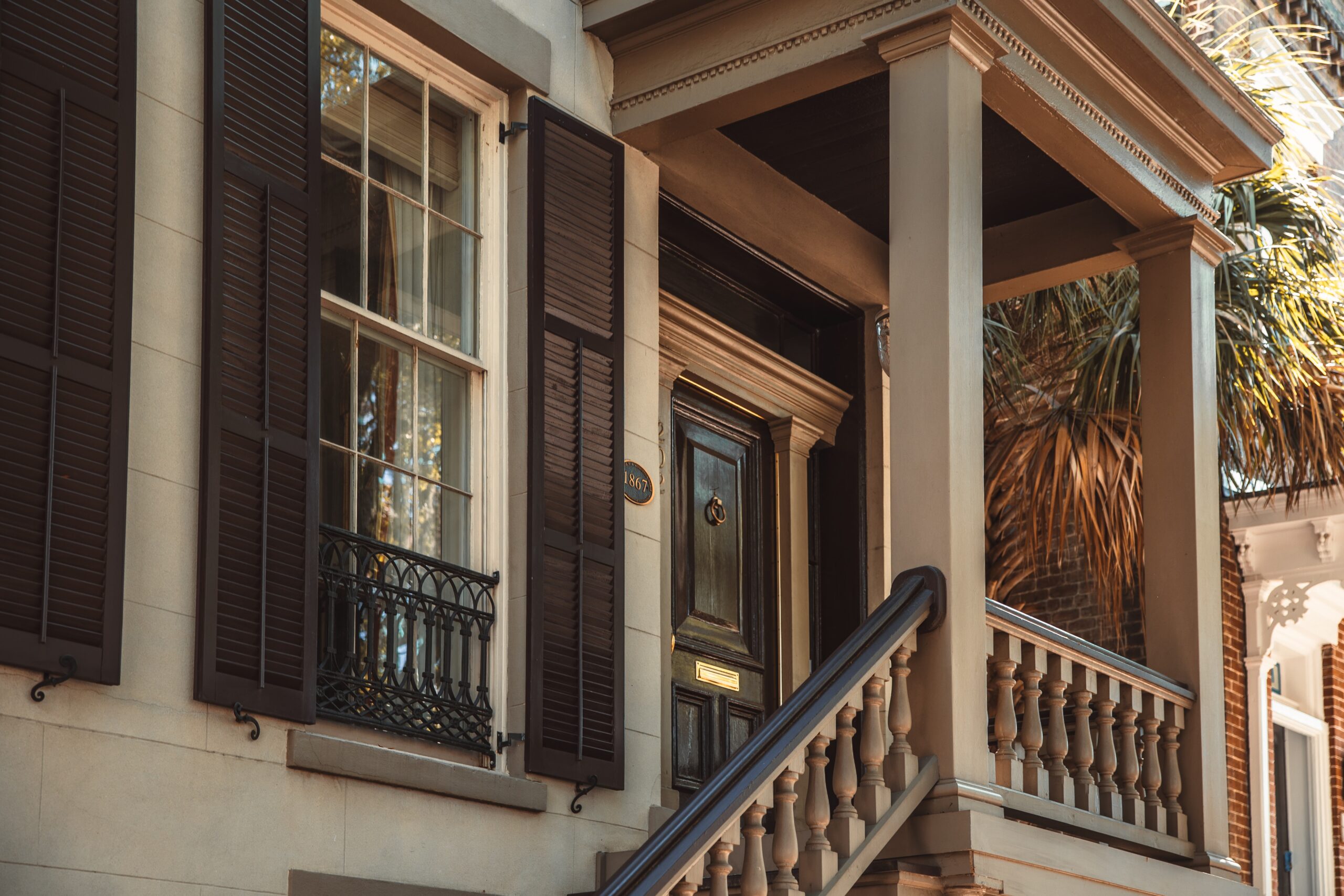by JOHN W. MACILROY
Maddie Cheever tilted her head back, then sideways. “Too low, Taylor, and tilted.”
“You sure? People hang paintings too high.”
But Taylor Longworth Cheever — Tad to everyone but his wife of almost nineteen years — knew when to let things slide. He removed the painting, pounded in a new nail, then rehung it a few inches higher, centering it precisely above a tall vase on the foyer table.
“Better?”
Maddie nodded, and brushed some dust off the oversized gilded frame. The painting, a somewhat boxy oil composition, featured an old 1946 Ford Woody sitting in front of a white shingle-shake carriage house. On the driver’s-side door, in a gracefully-scripted half arc, was written Cheever Timber. A young girl, maybe twelve or thirteen, leaned out an open dormer window of the house. She was smiling, her long blond hair just brushing the sill.
The whole thing had a curious primitive charm, like a Grandma Moses townscape. Although the angles of the house were all wrong, and the Woody itself was squat and too small, the impression was one of artistic talent as yet unfulfilled. And in the lower right corner, in careful slanting letters, the artist had signed the work: Maddie Weeks Cheever.
“She’ll like it there.” Maddie paused. “I’ll bring in some fresh hydrangeas from the garden, for the vase – just her favorite blue ones.” She looked away, then back to Tad. “She’ll like them, too. I know she will.”
* * *
Tad tried to smile. But he had not wanted to hang the painting at all.
Tad Cheever had always been rich — boarding-school rich — swimming in old southern timber-money and trust funds, and spending his summers at his family’s private hunting lodge near Squirrel Creek, Georgia.
Maddie Weeks had never been rich, at least until her marriage. Her mother and father managed the lodge, and Maddie was raised on the second floor of the property’s carriage house, her dormer bedroom directly above the stall where the Woody was garaged. Maddie was two months younger than Tad, strong-willed and country-smart, her hair the deep-red of a rust-streaked tin roof, her eyes large and jade green, and she grew up sassy and fast among the soft whispers of the tall Georgia pine.
In the summers, when he was back from school, she would lean out her bedroom window and watch Taylor – she never called him Tad, even when they were children – wax the Woody in a shady area next to the house.
It wasn’t long before he started to notice Maddie Weeks, too.
A week after her eighteenth birthday, on an old blanket spread hurriedly in the back of the car and smelling like stale wool, they made fumbling, desperate, forever love.
And it was there on a rainy afternoon seven weeks later that she told him she was pregnant. On a small desk in her dormer bedroom, directly above where they were holding each other, sat a freshly opened acceptance letter from the Savannah College of Art and Design.
* * *
Maddie again stared at the painting. “I don’t think I got Caroline’s hair quite right, do you?”
“You did fine, Maddie.”
“But she’ll understand, won’t she?”
Tad reached out to her, but she was already walking away, toward the garden.
* * *
“How’s Maddie doing, Tad?” The voice on his phone in his study was tired, the conversation with his mother practiced and sad.
He hesitated. “She wanted it up again.”
“But didn’t they tell you the painting would only ———”
“Yes, they did,” he paused. “You know, Caroline loved that carriage house. She would poke all around the place, always asking about the Ford.” Tad’s voice broke. “One day, she looked at me, kind of funny, and said: ‘in the Woody? Really?’ She was all giggles, mother, but I knew she was growing up so fast.”
He looked at the three silver-framed photos of his daughter, placed neatly on the corner of his desk. In one she is standing under a licorice-twisted branch of an old live oak, pretending to hold it up with one arm. She looked to be about eleven. In the second, she and Maddie are standing on a low wooden dock jutting into a tidal creek, both pointing to a marsh hen hitching a ride on a mat of floating spartina grass. And in the third – the only one in color – Caroline is standing with five other girls, all in sun-dresses of pink and blue and yellow. It was taken three years earlier at a birthday party in the back garden of their Charleston home, on Legare.
It was her sixteenth, and her last.
“You know, mother, Caroline loved that painting. She once told me that she would close her eyes and think of her mom in that very window on a hot Georgia summer day years ago ‘just reelin’ in – that’s what she said – ‘just reelin’ in that rich Cheever boy ———-‘”
Taylor Longworth Cheever – a rich man, folks still say – put down the phone, and looked out the window toward the garden.
There he saw his wife, cutting only hydrangeas of the brightest blue.
“The Painting” is one of eighteen stories in MacIlroy’s debut collection of short fiction, Whatever Happens, Probably Will: Stories (Short Story America Press, 2022). Named a Finalist in the 2022 International Book Awards in the category of Short Fiction, the collection includes a number of stories recognized individually: In 2019, “Duke’s” was named a “Best of 2019” Short Story by Y’all; “Three Buses, Waiting” earned the Amy Munnell Prize, sponsored by the Southeastern Writers Association, in 2021; and “The Man Inside” was named a Finalist in both the 2021 Coker Fiction Fellowship and the Excellence in Southern LowCountry Writing competitions. He has also co-authored two non-fiction “coming-of-age” collections: Not Exactly Rocket Scientists, and Other Stories (celebrating the fragile magic of youth in small-town, mid-century America, called “a great book about friendship” by Pat Conroy), and Not Exactly Rocket Scientists II: The Totally Unnecessary Sequel (continuing the mischief and misadventures as the authors rush headlong into the chaos of the mid-sixties, amid the frothy nonsense of the Aquarian Age).
A native of Mississippi, MacIlroy lives and continues to write, along a tidal creek in the South Carolina Lowcountry.





